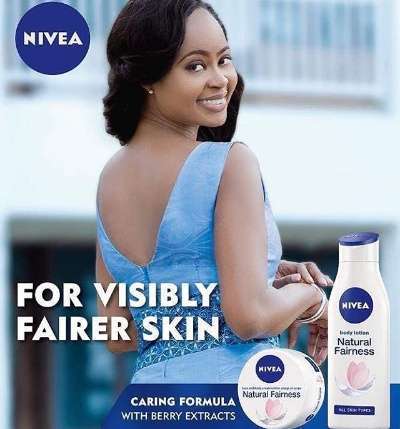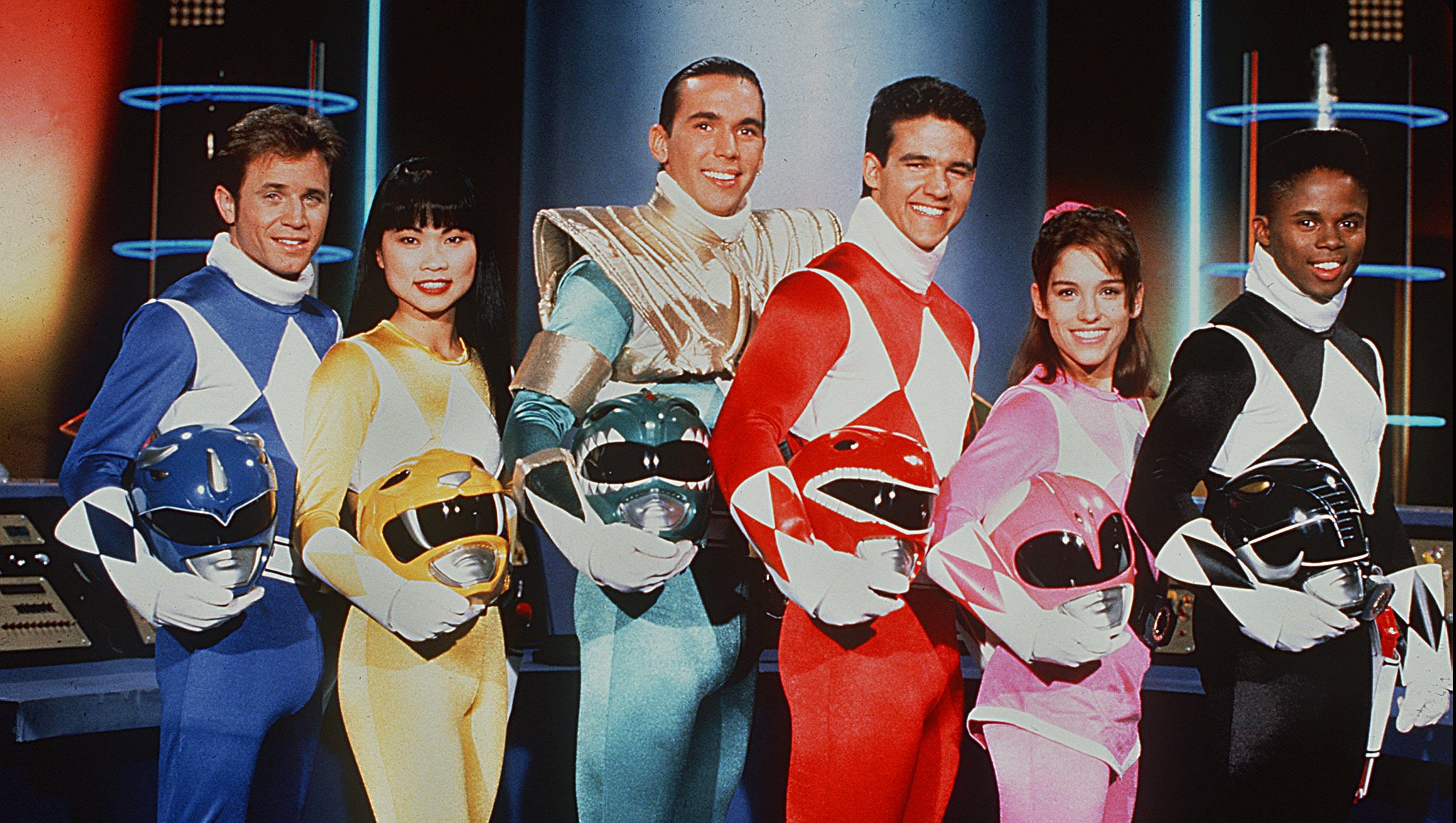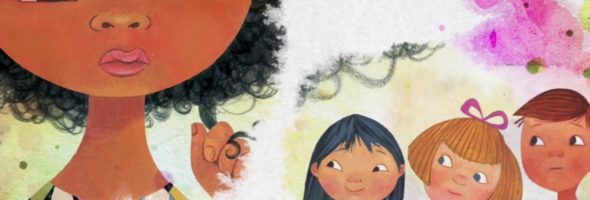
Social Studies & Body Image Inquiry
Taylor, Laurel & Lauren
Our question: How can you teach stronger body image to students using the framework of anti-racism/anti-oppression, and learning about how beauty standards arise from historical hierarchies?
The main learning outcomes we hope our peers will glean from the included resources include:
- Teaching dissent and resistance: resisting status quo representations is best aided when critique utilizes resources that reference historical hierarchies and how those hierarchies inform how we view certain bodies, looks etc.
- Incorporating NVC: Modeling communication through feelings, requests and stating what concretely happened, showing students that things can be interpreted differently by people who seem to be viewing the same thing based on their individual identities (such as race, body type, etc)
- Investigating oppressive systems: Making deeper connections to colourism, racism, ableism, religious discrimination and anti-Indigenous rhetoric and how that informs what gets shown and what doesn’t. Avoiding “colour blindness” in discussions around body image and instead explicitly ask questions about how certain insecurities are a result of historical oppressions.
For this topic, we ran into our own mental blocks in confronting beauty standards due to our shared positionalities as three white cis women raised roughly in the same time period. We found that we were most comfortable talking about beauty standards in terms of thin models vs. ‘regular bodies’. What was at first hard to grapple with was recognizing that to us, ‘regular bodies’ actually meant white, not-fat, able-bodied and riddled with a myriad of other connotations of ‘normalcy’ that are actually just manifestations of white supremacy. Through this, we had to come to terms with how deeply embedded into our consciousness’ white supremacy is so that we could better understand the many layers of intersectional harm mainstream representations perpetuate for countless marginalized groups. This resource is an early/budding list of known resources already available that address widespread body insecurities that stem from our culture’s beauty standards (which are so often inherently modeled after whiteness). It is by no means exhaustive as always open to critique and additions!
Resources to get conversations going
Books for kids

Some great additional books listed at this link here by the Conscious Kid.org
Books for teachers


Articles (great for teachers and class-wide discussion jumping off points depending on group)
Children’s popular media with problematic portrayals of race
Homogenization of Asian beauty
Body Image Concerns Among Black College Women
Indigenous Beauty Standards and Colonialism
Festivals and Beauty-Based Cultural Appropriation
History of Black Hair
Asian Fetishization & Whiteness-based beauty standards
Dismantling Whiteness as the Beauty Standard
Resource on colonialism’s widespread impacts

Films, Podcasts & Videos
Beauty is in the Eye of the Colonizer (podcast)
Be-YOU-ty over Beauty (ted talk) basic intro for younger students!
Netflix- Disclosure

Some sample activities
| Activity | Description | Questions | Resources/ Next Steps |
| Book Read Aloud | Read a paragraph from a popular chapter book to students that includes a description
Eg. Page 3 in The Hunger Games, read out description of Prim vs her mother. |
-What beauty standards are being normalized?
-Where is the value being placed in this reading? |
The Hunger Games- Suzanne Collins |
| Analyze current beauty standards (e.g. nose contouring, available variety of foundations) | Write a letter to a part of your outward appearance that you have been unkind to because of a normalized body standard | -Explain to the body part why you have struggled with it, discuss how you would like to change your thoughts around this body part
-Letters are anonymous, not to be read by anyone other than the writer -Teacher should shred or dispose of them in a confidential manner |
|
| Analyzing music videos, clips from TV shows/movies | Choose some current music/ TV/ movies to look at with students
Observe and critically talk about what is happening on screen |
What story is being told?
What is being sold to us? |
|
| History of a Toy | Choose a popular toy (Barbie, Lego, Mcdonalds) and do some research into the history of the toy | Observe how they have changed over time.
-Do they look the same? Different? -Where do those toys sit with our current perspectives? |
|
| Book Perusal | Students look at a handful of books at their “easy” reading level | -What is the story of those books telling them?
– Who are the main characters? – Do the characters have similarities between the stories? -Consider the titles of the stories, do they contain physical descriptions? |
Have students create a visual representation of what the stories are missing, a different way of telling the story |
| Beauty Standards Investigation- Indigenous History | Get students investigating the beauty standards around Indigenous history and the different judgments place on Indigenous people | https://www.cbc.ca/news/canada/saskatchewan/indigenous-beauty-standards-1.4980972 | |
| Clothing Connection to Beauty Standards, Racism, and Oppression | Connect the clothes that are easily attained by youth (H&M, Ardenes…), ask students to have a look at the clothes they buy, the ones that are sold to them and where they come from. | -Where do they come from?
-Why are they being pushed on youth? |
http://teamvidea.com/wp-content/uploads/2015/01/sweatshop-clothes.pdf |
| Body Imaging in Media | Collectively or in groups look at what body image is, how social media plays a role, and how to reduce stress to do with online pressure. | https://campaignresources.phe.gov.uk/schools/resources/body-image-lesson-plan-pack |
Cross curricular inclusions:
- Phys.ed
- English language arts
- Indigenous education
Dissent and Resistance: By creating a classroom where dissent, discussion, and disagreements is encouraged, you are helping students to use their critical lens everyday. This can be modeled and transferred over to media consumption.
NVC: Modeling communication through feelings, requests, stating what concretely happened, showing students that things can be interpreted differently by people who seem to be viewing the same thing. Encouraging questioning of what they are viewing.

Possible discussion questions
- Is the media encouraging us to focus internally or externally?
- What does it look like beauty standards are selling us and telling us?
- What is the dominant narrative that we are being sold?
- What is the purpose of media and beauty standards?
- Can we battle the beauty standards that have been pushed on us by changing the scope and look of representation on social media?
- Do we need to turn away from social media entirely?
- Is there a balance that we can find?
- If looking a certain way makes us feel good, is that okay?
- If doing your hair gives you confidence and makes you feel complete, is that okay?
- Why is that we get feelings of worth from looking a certain way, having an “on point” hair day…?
- How can we use a critical lens when engaging in activities about body image? Some things may seem helpful, but may be more harmful.
- Why do beauty schools teach how to do ‘white’ hair and not POC?
- Tattoos: different ink colours, appropriation of other cultures through the artwork (Mandala art tattoos…)
- How do you think POC are impacted when they don’t have the same access to bronzer, blush, contour, foundation, concealer colours as white people?
- What are some racially inclusive makeup brands/companies? (fenty, etc.)
- What are the impacts of cultural appropriation in the beauty/influencer world? (influencers have a history of stealing/CA from other cultures/races and turn it into a new ‘trend’) Ex. box braids, cornrows, face gems, tanned skin (arguably blackface).
- How are we able to still keep up with current trends without participating in CA? (ie. dutch braids instead of box braids, face gems above and below the eye instead of in the middle of forehead, etc.)
Tips for teaching a critical media consumption to children
- Start teaching them young
- look at how the media constructs versions of reality
- explore how media is interpreted through individual lenses
- be upfront on how media is focused on making money
- ask students what they think the media “agenda” is in a particular case
- practice discerning what the media’s target audience is in specific cases
Important to get students to consider
- Music, TV, video games, magazines and other media all have a strong influence on how we see the world, an influence that often begins in infancy.
- To be engaged and critical media consumers, kids need to develop skills and habits of media literacy.
- These skills include being able to access media on a basic level, to analyze it in a critical way based on certain key concepts, to evaluate it based on that analysis and, finally, to produce media oneself.
Practicing using Critical lenses on popular media
List of popular media that could you could practice viewing with an anti-oppressive lens with your students
- Pretty little liars
- Princess movies, disney
- Barbie tv shows
- Power rangers
- Loony toons
- Victoria Secret Fashion show
- High school musical
- Teen Wolf
- Riverdale
- Call of duty, fortnite, super mario bros

These examples of popular media could use an anti-oppressive lens because they maintain the illusion of historical beauty standards and racial stereotyping. Pretty little liars have been called out for creating ‘unrealistic’ beauty standards for young teen fans. The disney princess and barbie movies typically only have white characters, small waists, feminine, thin, able-bodied, etc. The power rangers stereotype their characters based on the skin colour. For example, the asian woman is yellow, the indigenous man is red, and the black man is black. The loony toons have a history of racially stereotyping their characters and turning POC into caricatures. The CEO of Victoria Secret admitted in an interview that they don’t use plus sized or transgender models in their nationally televised fashion show because they want to maintain the fantasy of the ‘perfect woman’. The high school musical series has their characters date only within their race, and use white passing as privilege when they don’t.
To practice using anti-oppressive lenses, have students annotate any of the following images in this Slideshow of popular kid/teen media (for annotation and class discussion purposes)
Discovery and disconnect:
As 3 white females we struggled to see the colourism in our inquiry. We began our topic and research with the hope to discover anti racist approaches to help us in the classroom. It took us some time for us to realize that we had been approaching the topic with our white person lenses on. We were uncovering the problems with our society’s beauty standards but were not exploring how they were racist, only that they were harmful. One great way to help students start practicing their anti-oppressive media eye is to showcase your own vulnerability and shortcomings in a topic, making it clear it can be a learning process for all.
For specific breakdowns of the complicated connections to white supremacy embedded in some popular, young media, feel free to consult the following list:
- Disney princesses and body image
Pretty Little Liars and perpetuation of unrealistic beauty ideals - Power Rangers and race
- Loony toons & Jim Crow cartoons
- Victoria Secret refuses trans and plus size models point blank
- Lego: is yellow a neutral skin colour? (spoiler…no)
- Barbie bad for body image
- The masculinity of GI Joe
- 7 popular kid movies/shows with white supremacist over/under/allover tones
We hope this jumping off point proves useful and can be added to for many years to come in our own practices! In truth, we believe this topic should be a year-long discussion embedded into all units given the saliency of both white supremacy and media in children’s lives today and how crucial critical media literacy is to their own emotional, cognitive and social development. It can be woven into any topic that uses media (ie…. all topics….) and can be one access point in bettering the self-esteem and empathy in your students. Happy teaching until we speak again!

